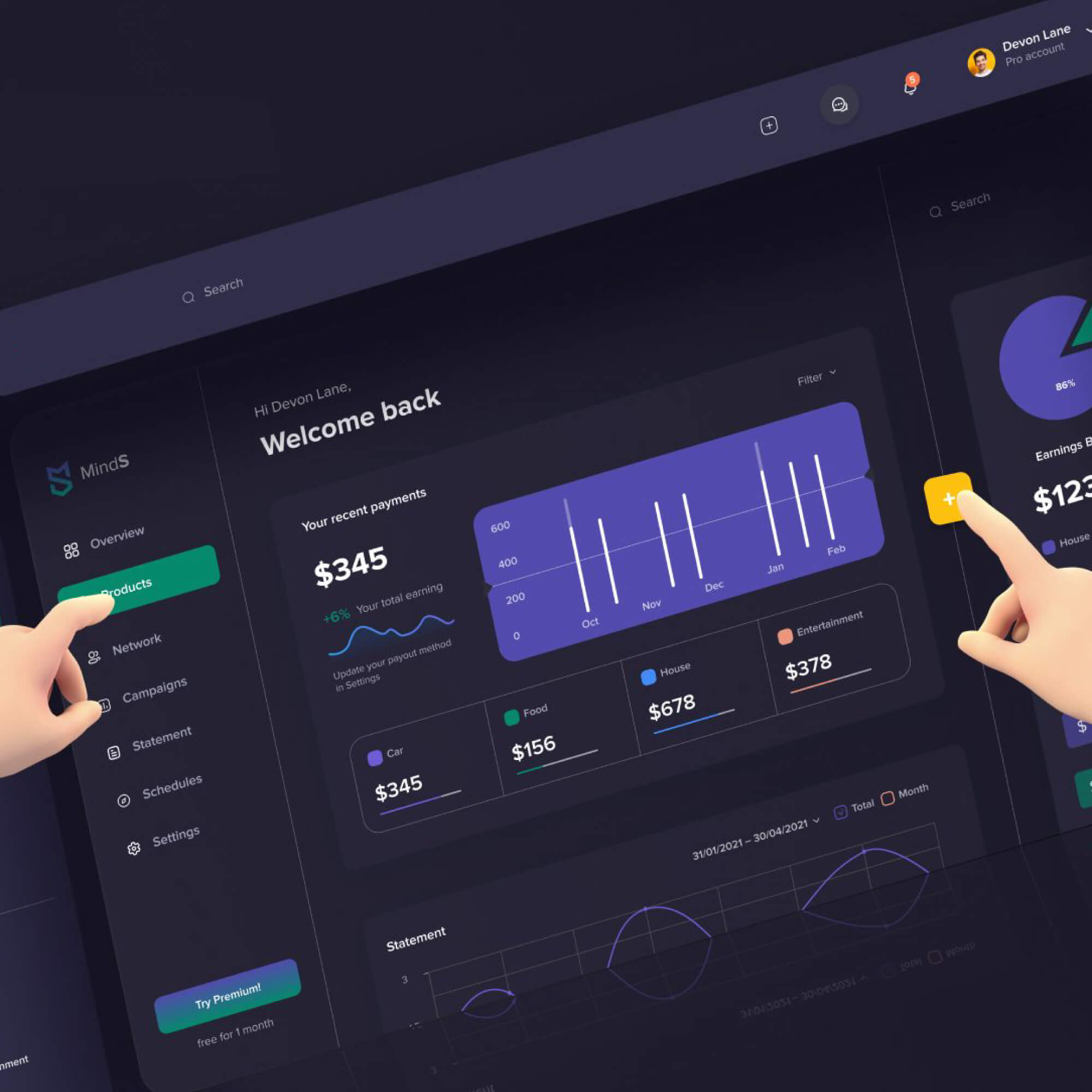
Date
7 Aug 2025
Author
Jonathan Ward
Website owners can make their content discoverable on the agent layer, enabling richer interactions and controlled access. This means smart assistants can pull data directly from clients’ platforms while leaving control firmly in the hands of the website owner.
Recent developments in AI-driven web architecture are redefining how businesses should think about client platforms. On one hand, Microsoft’s Model Context Protocol (MCP) introduces a new mechanism for websites to expose structured information to AI agents. Further to this Google’s CEO Sundar Pichai predicts web applications, not static pages, are becoming the dominant format for content and commerce. This signals a pivotal moment to reshape digital strategy and future-proof client value.
The New Era of Agent‑Friendly Web Platforms
AI agents are no longer passive consumers of HTML. With MCP, site owners can make their content discoverable on the agent layer, enabling richer interactions and controlled access. This means smart assistants can pull data directly from clients’ platforms while leaving control firmly in the hands of the website owner.
Meanwhile, Pichai’s forecast of web apps replacing traditional web pages suggests a shift in client expectations: real-time, personalised, and interactive digital experiences will become table stakes for reputable agencies.
Strategic Opportunities for Agencies
- Elevate Web Asset Strategy
Treat clients’ digital presence as living systems, not brochureware. Positions built to interface with AI agents unlock new touch points for engagement and data gathering. - Architect for Smart Agents
Embed structured schemas, metadata, and APIs that align with MCP principles to ensure search agents can access and serve site content accurately. - Design Repeatable Frames
Offer frameworks and templates compatible with AI agents and web app behaviour that scale efficiently across your client base, enabling faster time-to-value.
Business Value: Why This Matters
- Competitive Differentiation: Agencies that support AI‑agent-ready infrastructure become strategic partners, not just implementers for clients preparing for the next wave of discovery and interaction.
- New Revenue Streams: Structured agent access opens opportunities for custom integrations, voice interfaces, and analytics services that legacy web architectures cannot support.
- Future Resilience: As Google and Microsoft push toward decentralised, agent-based interaction, clients that lag will lose control of how their brand appears and performs in the AI ecosystem.
Implementation Approach for Commercial Leaders
- Audit Current Platforms
Evaluate client websites to see if content is accessible in structured formats and whether the tech stack supports agent discovery protocols. - Pilot Agent‑Ready Builds
Select one client or vertical to implement an MCP-compatible Web App. Use schema, APIs, and metadata to optimise agent interactions. - Define Governance & Standards
Align client deliverables with emerging standards ensuring compliance, consistency, and visibility in future AI-indexed environments. - Measure Strategic KPIs
Track agent-based discovery, interaction time, brand appearance accuracy, and user engagement through new touch points to quantify impact.
Conclusion
The web is evolving faster than business playbooks. Microsoft’s MCP and Google’s positioning of AI-empowered web apps are more than technical curiosities; they are strategic inflection points. Seize this moment to architect platforms that speak directly to the AI-enabled future. Businesses that do so will not only lead digital strategy, they’ll shape how they are discovered, understood, and served in the AI era.
Did you enjoy this article?



